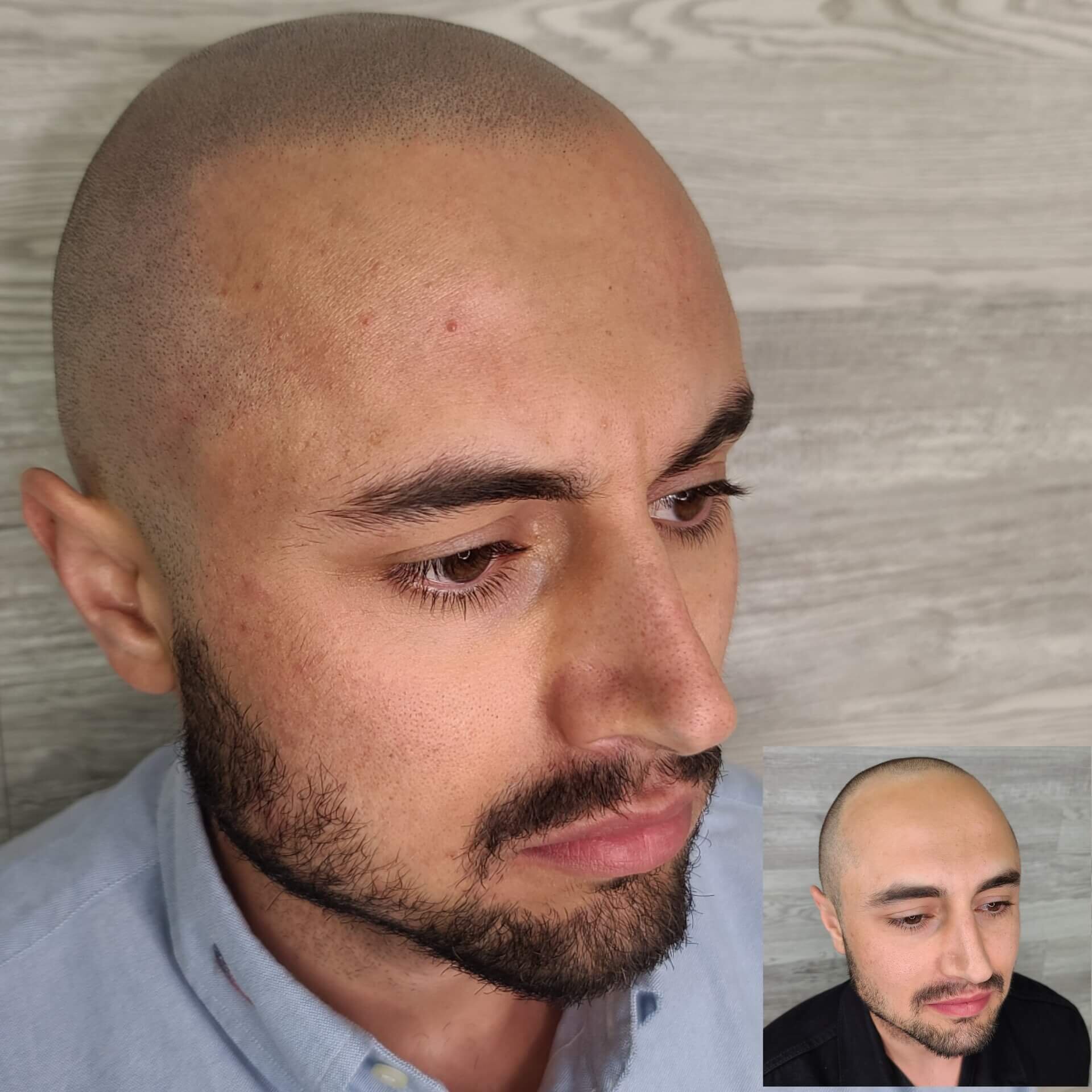Why do so many people suffer from alopecia?
The global hair transplant market is so huge that it’s projected to hit a monumental $31 billion by 2025.
Growing technological advancements and the growing prevalence of chronic illnesses such as stress disorder, hypothyroidism, and cancer will drive the market even further. But what is a hair transplant and why is this industry so huge?
Why do so many people suffer from alopecia? The answer is yes! Over 35 million men and 21 million women suffer from alopecia or hair loss.
Over 600,000 of them opt to go through a hair transplant procedure. Additionally, other people choose to go through with the procedure, not because of hair loss, but because they want to alter their hairlines or get a more attractive mane. Now, if you happen to have alopecia yourself, or want to get some change, you may be considering a hair transplant as well.
It seems like the most permanent solution, so why not give it a try? Well, we have compiled a comprehensive guide on hair transplant and everything you need to understand about it before you take the plunge.
What Is a Hair Transplant?
Hair transplant is a permanent surgical procedure that professional surgeons use to treat hair loss.
The procedure involves removing or harvesting hair follicles from a part of the scalp known as the donor site and grafting it to the balding area of the scalp. Technically, the hair follicles are taken from the back of the head, but they could be taken from any other part of the body, such as arms and legs.
Before the procedure, the surgeon will sterilize the donor area, then numb it with local anesthesia. Some people request sedation, and you can do so as well if you want to remain asleep during the whole procedure. There are generally three hair transplant methods that you can choose from which are FUT, FUE, and DHI.
Follicular Unit Transplantation (FUT)
Also known as follicular unit strip surgery, FUT is a procedure that involves removing a piece of your scalp, usually from the back of the head. The area is then closed by stitching. The surgeon then separates the scalp strip into smaller pieces that may be as many as 2,000 fragments known as grafts.
Most of these grafts will contain only one hair follicle and will be stored in a special solution to await the completion of the next step. The surgeon will then use a needle or a sharp blade to make small incisions into the scalp where they will transplant the fragments. They’ll insert the pieces into the punctured holes, a procedure known as grafting, then cover the area with gauze or bandages.
Most of the time, one graft is not enough for most people, but it highly depends on the type, quality, and color of the hair and the size of the transplant site. Additionally, this procedure leaves scars behind, albeit small and mostly non-visible.
Follicle Unit Extraction (FUE)
The follicle unit extraction hair transplant procedure is manual and time-consuming. However, it's leaves more natural results with very minimal scars or marks. The FUE procedure involves the surgeon shaving off the hair completely and taking individual follicles out of the skin.
They will leave behind tiny marks where the follicles are removed. The surgeon will then store the hair follicles in a special solution while they make small incisions into your scalp.
Once that is done, they will graft the hair follicles into the holes and cover the area with gauze or bandages. You will see the first results after about 6 months, and full growth about 12 months later.
Direct Hair Implantation (DHI)
Direct hair implantation is a relatively new procedure that leaves no visible scars and makes the hair look natural. The grafting process is quite similar to FUE, with just a few minor differences.
To begin with, the hair follicles are extracted individually from the scalp. They're then implanted directly into the balding area with an implantation tool known as the Choi Implanter Pen.
The difference is that with this procedure, the surgeon will not create any holes or incisions before the implantation, unlike FUE. The follicles will not have to be put into a special solution because they will be implanted directly, which expedites the procedure. This is a recommendable hair transplant for women because they don’t have to cut off their hair.
How Long Does Recovery Take?
All these hair transplant procedures take anything between a few hours to a few days to complete, which highly depends on the amount of work you require. However, you can go home after the procedure.
Once the surgery is done completely, the surgeon will remove the gauze or bandages. If you’re swollen, they will inject you with triamcinolone to reduce the swelling.
There's a very high chance you will experience pain and soreness at both the donor and transplant sites for at least a few days after the procedure. The doctor will prescribe pain medication to reduce the pain, antibiotics to prevent infections, anti-inflammatories to relieve swelling, and other medications to stimulate hair growth.
The Benefits of Hair Transplant
Now that you know what is a hair transplant, you might want to know what the benefits are and whether the procedure will be worth it.
One of the most significant benefits of a hair transplant is that you get an improved appearance. The procedure will fill in all the balding areas with hair that will grow naturally from the scalp.
The next best thing about it is that it is a permanent procedure and you may not have to worry about balding again in the future. Even better, this is a low maintenance procedure because, after the surgery, you no longer have to worry about applying creams or taking medication.
Additionally, even though it may seem expensive, it’s a one-time procedure that you won’t have to maintain, making it cheaper in the long run.
Hair Transplant Side Effects
One of the most significant hair transplant side effects is scarring, which you may not be able to avoid with any of these procedures. There are other potential side-effects such as swelling, itching, pain, infections, and inflammation. In some cases, people also experience loss of sensation around the surgery areas, bleeding, pus drainage, or the continuation of balding.
The medication you receive from the doctor will prevent other side effects like scalp irritation, dizziness, headaches, possible irregular heart rate, and chest pains.
All Your Questions About Hair Transplant Answered
What is a hair transplant? Is it permanent? Is it painful?
We hope that this post has answered all these questions, and any other questions you may have had about hair transplants.
To ensure that you get the best possible hair transplant, the secret is in finding the best surgeon in the market. Regardless of how expensive it may seem at first, an experienced professional surgeon will be worth it because you will get great permanent results.
Don’t risk cheaper options that will end up ruining your look further and require more surgeries to rectify the situation. That said, please get in touch with us for a free consultation and we’ll help you get your glory mane back!

